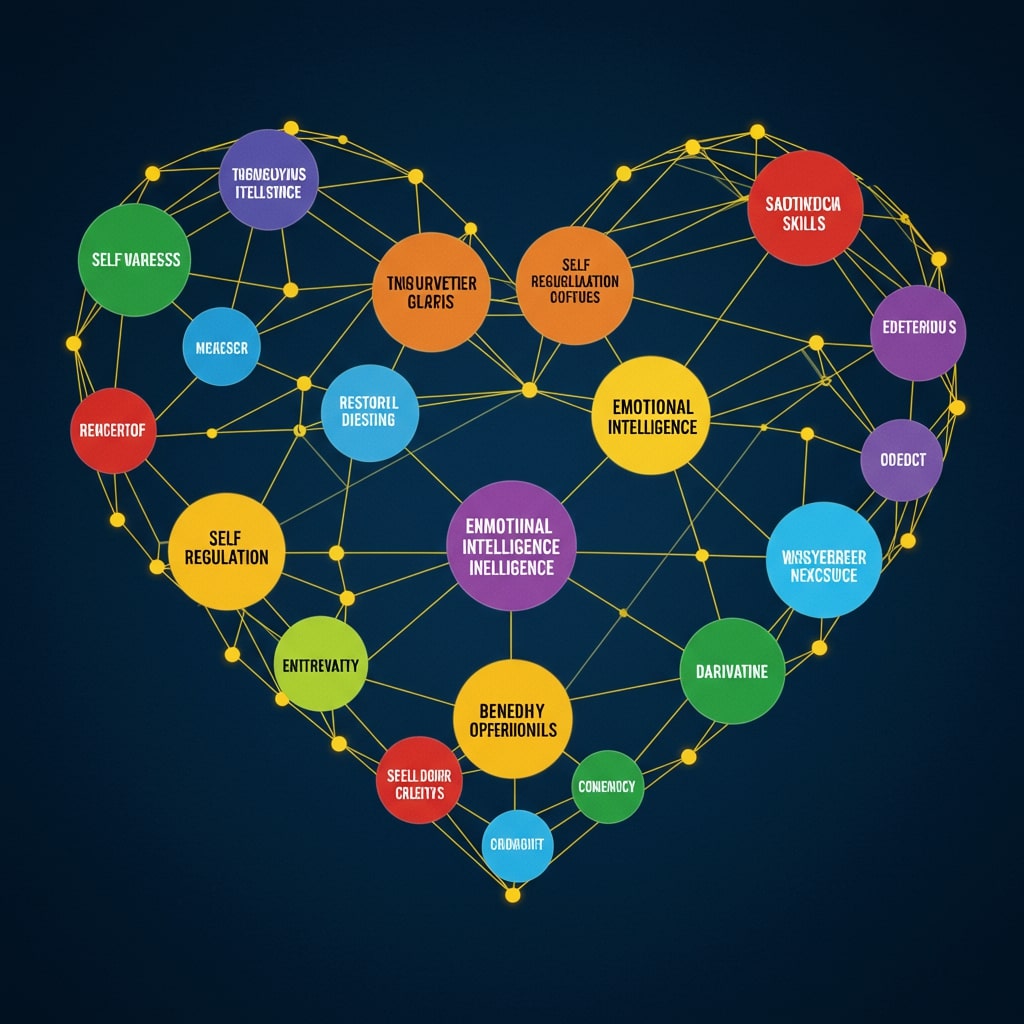In today’s fast-paced world, prioritizing wellness and personal growth is essential for leading a balanced, fulfilling life. By nurturing your mind, body, and spirit in harmony, you can unlock your full potential and foster lasting resilience. This guide delves into the holistic principles of wellness, exploring mental well-being, physical health, emotional intelligence, and the powerful mindset shifts that fuel personal transformation. Whether you’re taking the first step toward self-improvement or looking to deepen an existing practice, these insights and practical strategies will help you cultivate inner harmony, overcome common obstacles, and sustain meaningful growth over the long term. Let’s embark on this transformative journey together.
1. Understanding Holistic Wellness

Holistic wellness recognizes that our physical health, mental/emotional state, and spiritual balance are interconnected. Rather than treating each aspect in isolation, this approach encourages us to view ourselves as integrated beings. Physical vitality supports mental clarity, while emotional resilience strengthens our ability to cope with stress. By acknowledging these synergies, we can design routines that address all pillars of well-being simultaneously. From aligning your diet with mindfulness practices to incorporating movement that soothes both body and soul, a holistic perspective lays the foundation for sustainable, comprehensive self-care and growth.
2. Nurturing Mental Wellbeing
Our mental health shapes how we perceive challenges, process emotions, and make decisions. Establishing effective stress-management techniques—such as mindfulness meditation, deep-breathing exercises, or guided imagery—reduces anxiety and fosters mental resilience. Regular practices like journaling can help clarify thought patterns and identify triggers. Incorporating short digital breaks during the day also refreshes the mind, preventing burnout. By scheduling dedicated time for mental self-care, you build a stable foundation for focus, creativity, and emotional balance.
3. Fueling Your Body
Optimizing physical health involves mindful nutrition, consistent movement, and restorative sleep. Embrace a balanced diet rich in whole foods, lean proteins, healthy fats, and a spectrum of colorful fruits and vegetables. Stay hydrated and consider nutrient timing around workouts to maximize energy levels. Integrate both cardiovascular and strength-training activities into your weekly routine to support cardiovascular health, muscle tone, and metabolic function. Equally important, quality sleep is a cornerstone of recovery and cognitive performance—aim for 7–9 hours per night and establish a calming bedtime ritual to enhance sleep quality.
4. Emotional Intelligence and Resilience

Emotional intelligence (EI) empowers you to recognize, understand, and manage both your own emotions and those of others. Developing EI involves cultivating self-awareness—observing emotional reactions without judgment—and practicing empathy to deepen relationships. Resilience builds naturally as you learn to view setbacks as opportunities rather than threats. Techniques like naming emotions, reframing negative thoughts, and seeking social support when needed help strengthen your emotional toolkit, enabling you to face life’s ups and downs with grace and confidence.
5. Cultivating a Growth Mindset
Adopting a growth mindset revolutionizes how you approach challenges and learning experiences. Coined by psychologist Carol Dweck, this concept contrasts a fixed mindset (believing talents are static) with a belief in the potential to develop abilities through effort and strategy. Embrace challenges as learning opportunities, celebrate progress rather than perfection, and view constructive feedback as a valuable tool. Over time, this shift in perspective fuels curiosity, perseverance, and continuous self-improvement, laying the groundwork for both professional success and personal fulfillment.
6. Building Healthy Habits
Long-term transformation hinges on consistent habits, not sporadic efforts. Utilize habit-stacking by attaching a new practice to an existing routine—such as meditating immediately after brushing your teeth each morning. Start small to avoid overwhelm, and track your progress to reinforce positive behavior through visual feedback. Celebrate minor victories to maintain motivation, and adjust your approach if you encounter resistance. Over time, these incremental changes accumulate, resulting in profound improvements to your overall well-being and growth trajectory.
7. Mindful Living Practices
Incorporating mindfulness into daily activities enhances presence and reduces stress. Try mindful eating by savoring flavors and textures without distractions. Practice gratitude journaling at the end of each day to focus on positive experiences and foster an optimistic outlook. Engage in periodic digital detoxes—turn off notifications and immerse yourself in nature, creative pursuits, or quality time with loved ones. These simple yet powerful practices strengthen your ability to stay grounded and appreciative in the midst of life’s demands.
8. Overcoming Common Obstacles
Even the most dedicated individuals face hurdles such as procrastination, self-doubt, or perfectionism. Recognize these patterns by reflecting on past setbacks and identifying triggers. Combat procrastination with time-blocking techniques—allocate specific intervals for focused work followed by restorative breaks. Counter self-doubt by maintaining a record of accomplishments and positive affirmations. If perfectionism stalls progress, remind yourself that done is better than perfect. Seeking accountability through supportive peers or mentors can also provide encouragement and constructive perspective when obstacles arise.
9. Sustaining Long-term Growth
Achievement without maintenance often leads to regression. To sustain growth, regularly evaluate your goals and adjust them based on evolving priorities. Track measurable indicators like mood journals, fitness logs, or skill assessments to gather objective feedback. Join communities—online forums or local groups—that share your wellness interests, fostering mutual support and inspiration. By remaining flexible and curious, you can adapt your strategy to new insights, ensuring that your path to self-improvement remains dynamic and rewarding.
10. Creating Your Personalized Wellness Plan
Every individual’s journey is unique, so design a plan tailored to your preferences, lifestyle, and aspirations. Begin by conducting a self-assessment across physical, mental, and emotional domains to identify strengths and growth areas. Prioritize 3–5 actionable objectives—such as meditating for five minutes daily or meal-prepping on weekends—and establish a realistic timeline. Schedule regular check-ins to celebrate progress, troubleshoot challenges, and refine your roadmap. A clear, personalized plan transforms abstract goals into achievable milestones, empowering you to take consistent steps toward greater well-being.
Conclusion: Embracing the Journey
Wellness & personal growth is an ongoing journey, not a destination. By integrating holistic principles—nurturing your mind, caring for your body, and embracing continuous learning—you create a sustainable framework for transformation. Remember to approach each day with curiosity, compassion, and resilience. Celebrate your progress, learn from setbacks, and stay committed to the practices that nourish you. As you cultivate inner harmony, you’ll discover a deeper sense of fulfillment, clarity, and purpose that radiates through every facet of your life. Begin your journey today—your future self will thank you.
Enhance your mental clarity with our 10 Daily Mindfulness Rituals you can do anytime, anywhere.









